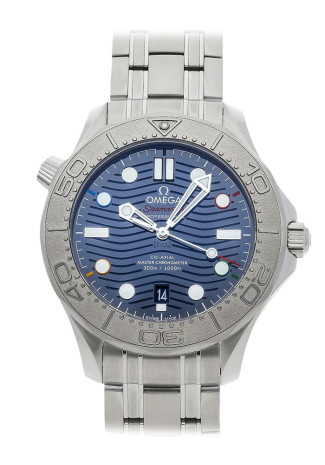If we think about co-axial movement, the name ‘Omega’ comes up at first. And that’s not hard to explain as Omega launched their first watch with co-axial escapement in 1999. This complicated movement was invented in 1974 and patented in 1980 by George Daniels, an English watchmaker. The difference between a traditional lever and the co-axial one lies in the method of imparting the energy replenishment to the oscillator. Let’s focus on this famous co-axial movement. How does it function?
The system features 3 pallets that separate the locking function from the impulse, avoiding the sliding friction of the lever escapement. Because the part of a watch movement that suffers the most is the escapement. This part regulates the time-keeping of the watch. George Daniels’s first concept used two escapement wheels side by side that engaged a single lever to impulse the oscillator. But with further research he invented a system with 2 wheels on the same ‘axis’. He made a lever with 3 pallet stones and a balance roller with its own pallet stone. Now comes the most important part; the impulse angle of the lever escapement was reduced from 52 degrees to 30 degrees in the co-axial escapement. The advantage of the co-axial movement:The main advantage is the manner of the transmission of force. It happens in an almost ‘tangential’ manner, which removes most of the friction and reduces wear and tear. But important for the wearer is that it practically eliminates the need for lubrication the escapement. The movement can go up to 7 or 8 years between servicing instead of 3 to 5 years. The disadvantage of the co-axial movement:Of course this innovative system has higher costs because it needs a very high level of precision to make. Each measurement must be rigorously respected! |







